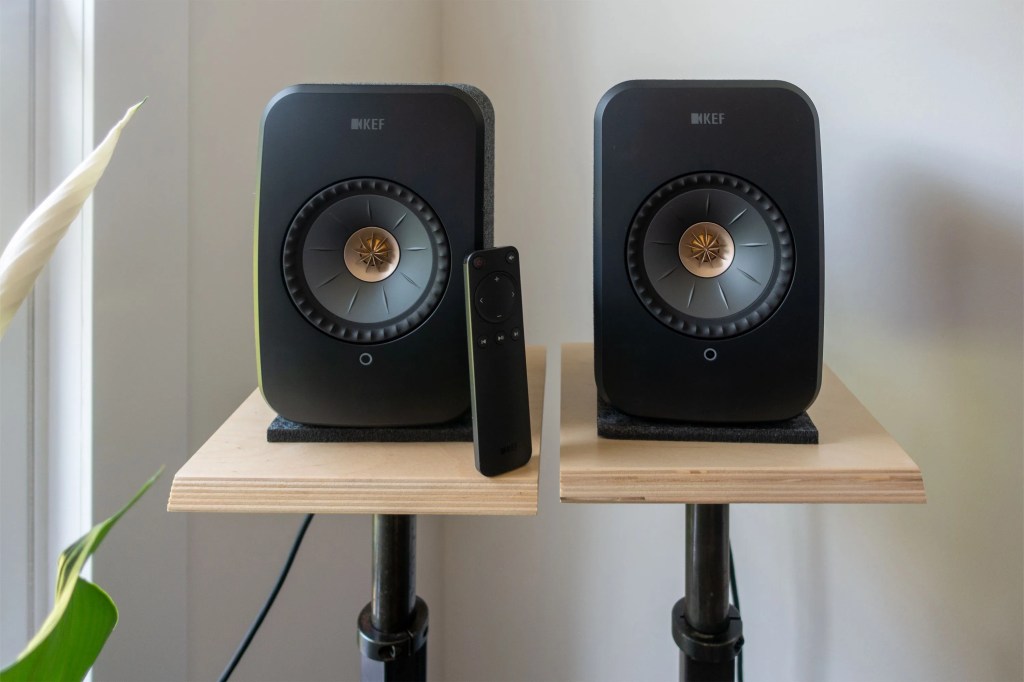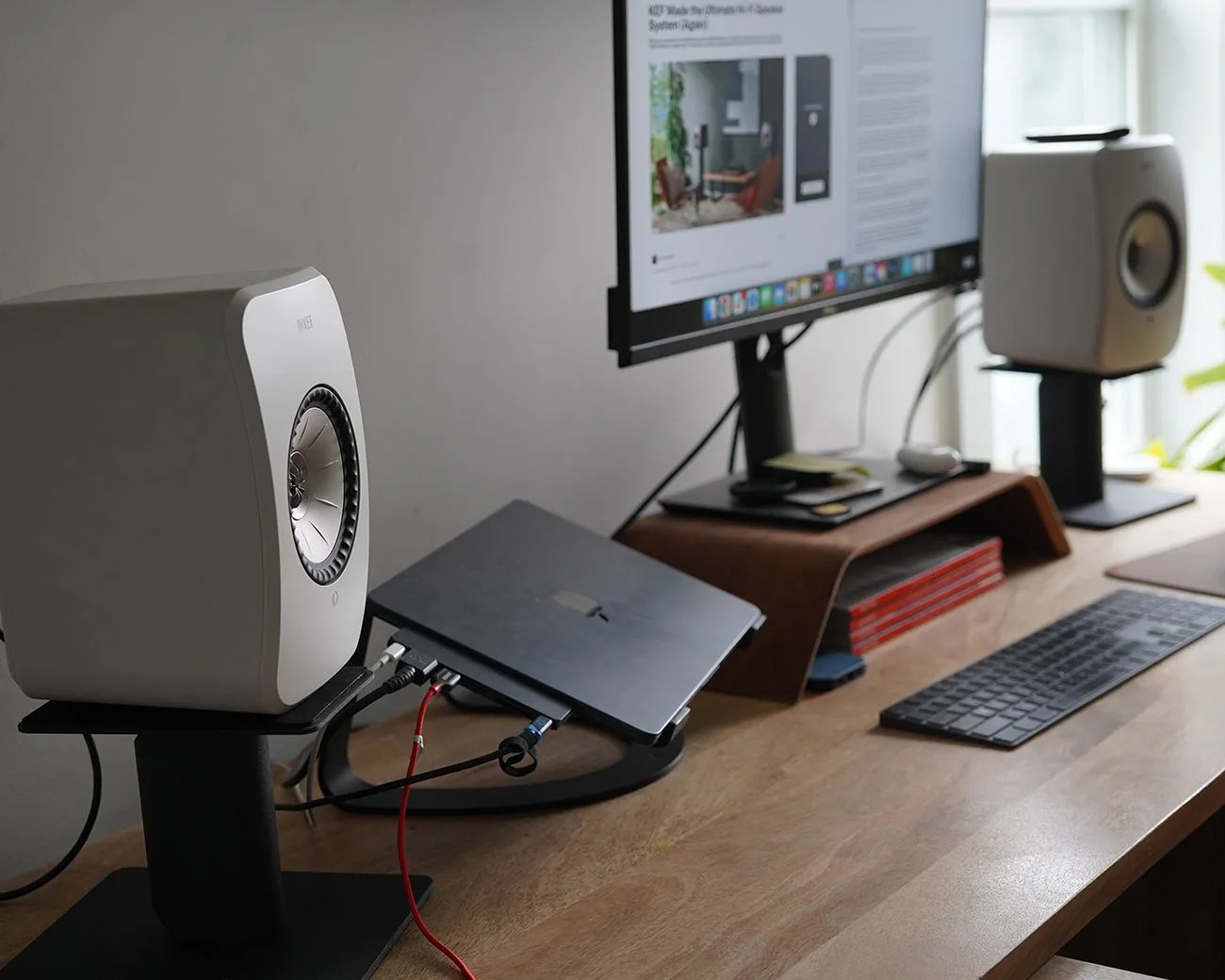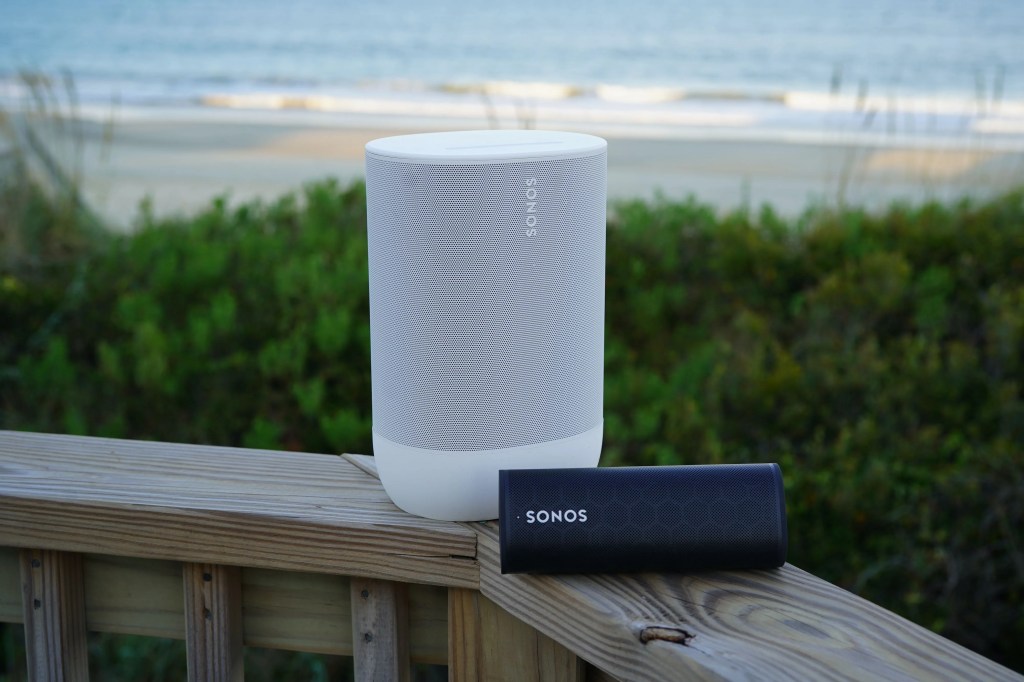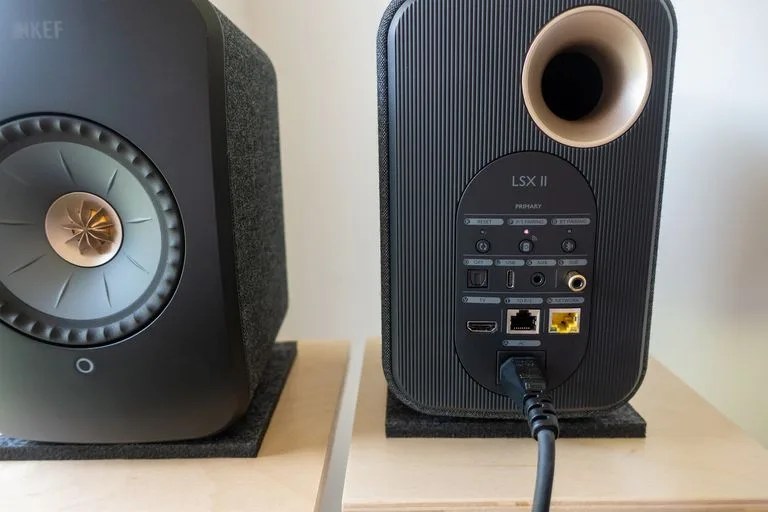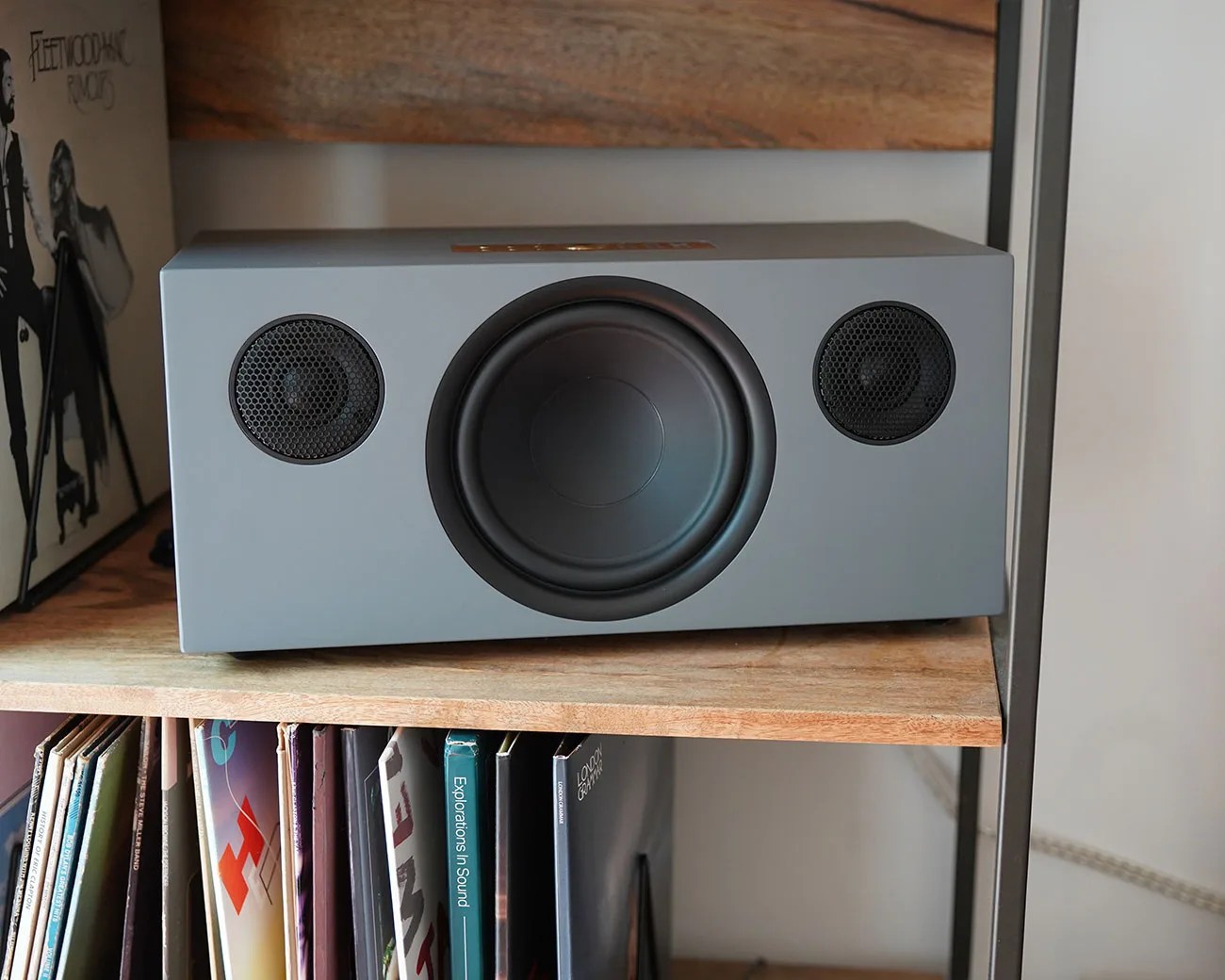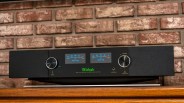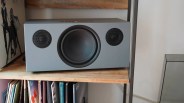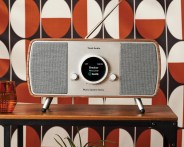It’s trendy for speakers to “do it all.” Many of today’s top choices support both wired and wireless connections and offer a variety of each.
Today’s so-called “all-in-one wireless speakers” have analog connections that allow you to hook them up to a turntable or TV. They boast Wi-Fi and Bluetooth streaming.
In other words, you can use these speakers however you choose. And that’s a good thing … or at least it should be.
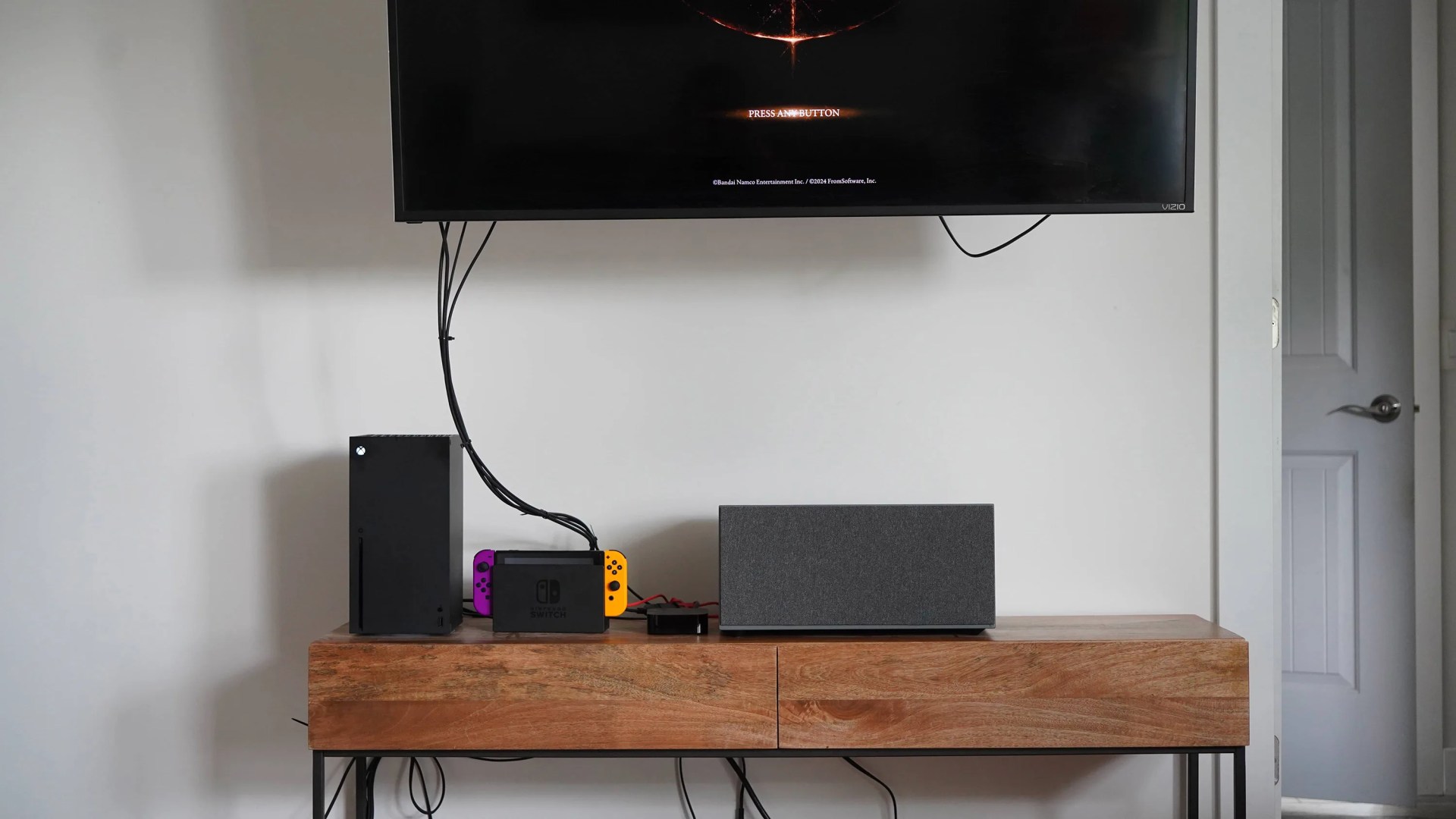
The rise of all-in-one speakers
Take Sonos, for example. After years of making speakers that only supported Wi-Fi streaming — the Five (and previous Play:5) being the exception as it also has a line-in connection — Sonos has made a big push to make its newer speakers more versatile.
All its most recent speakers (including the Era 100, Era 300 and Move 2) support Wi-Fi and Bluetooth streaming, plus have line-in connections so you can hardwire them to a turntable or computer.

